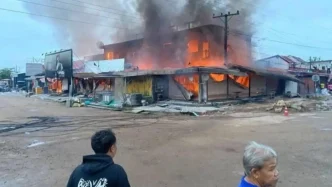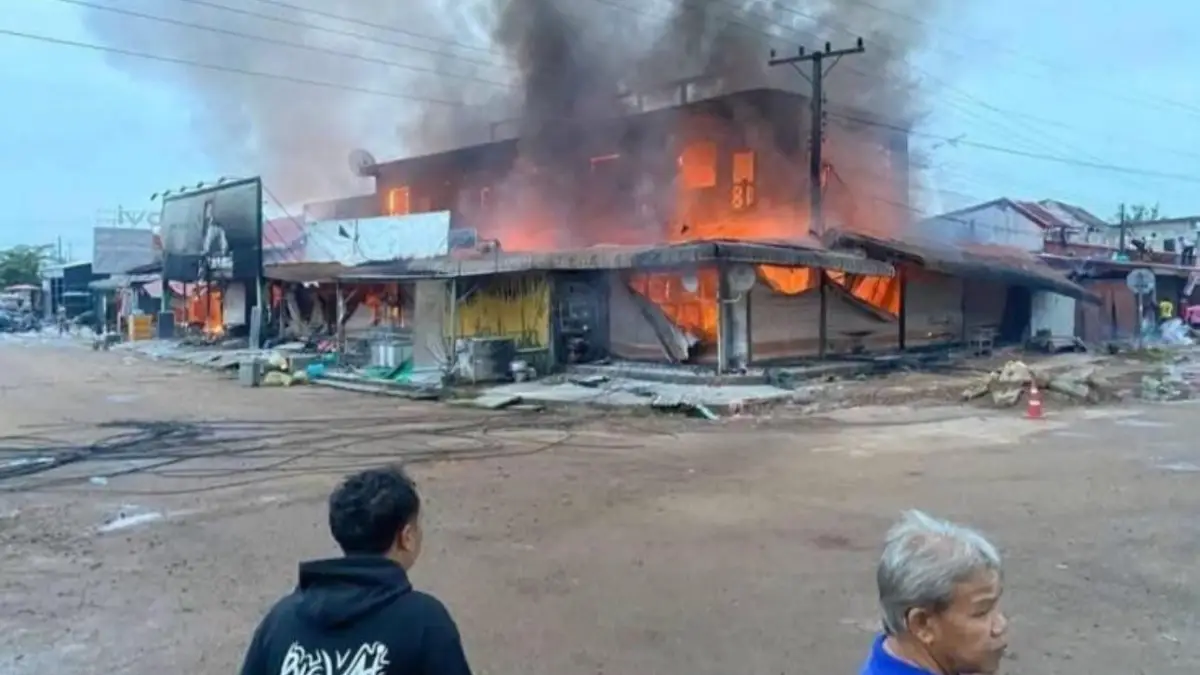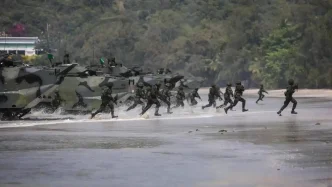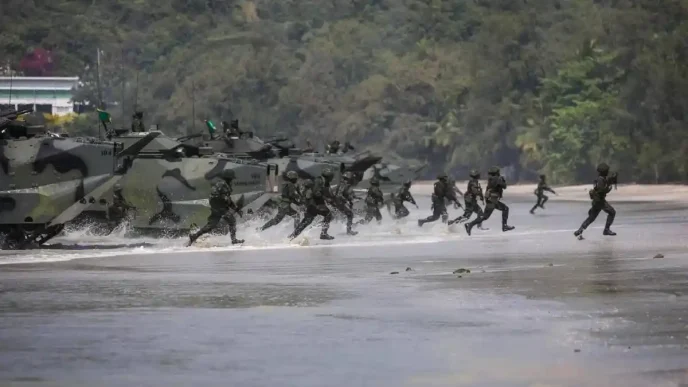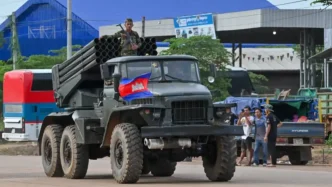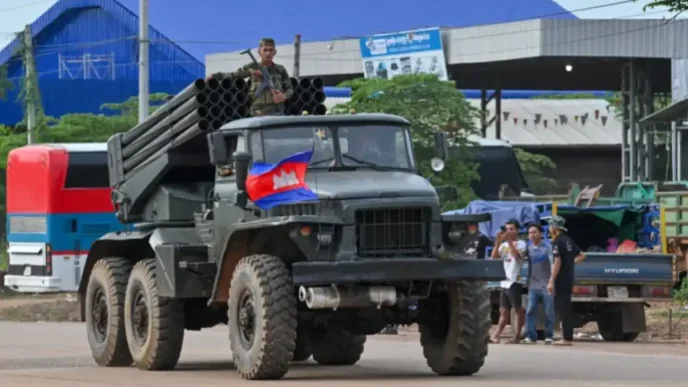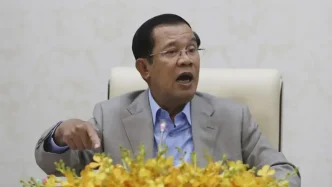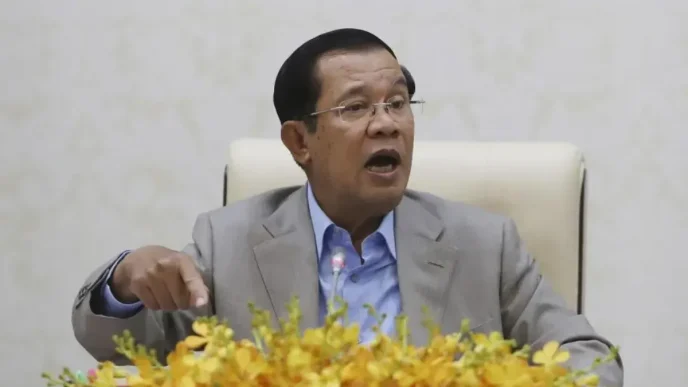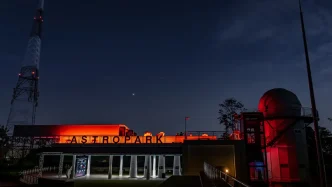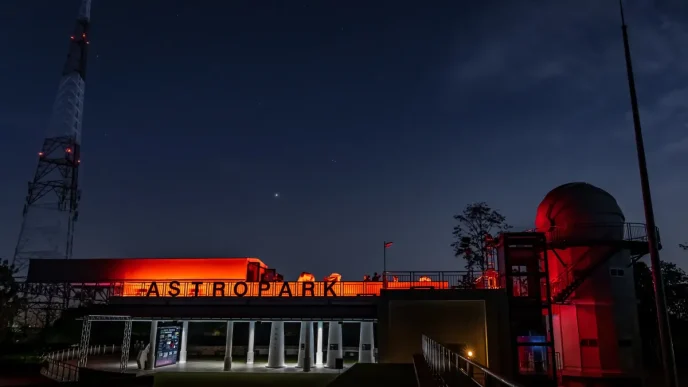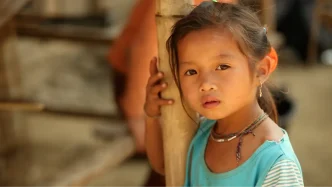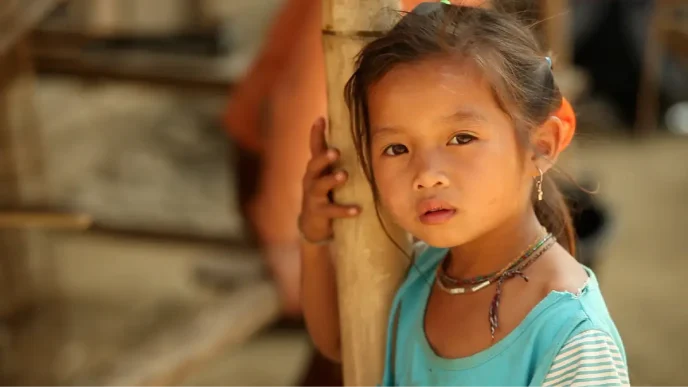In the most recent Cambodia-Thailand border conflict faux pas, Cambodian unguided BM-21 rockets veered off course, striking Laos’ Champasak Province and shattering homes near the Cambodia-Laos border. These weapons are described in military circles as “hope and pray” because when they’re fired, there’s no telling where they will land. This alarming misfire, occurring amid escalating clashes with Thailand over the Preah Vihear Temple, has dragged a neutral neighbor into a volatile dispute, raising fears of a broader regional conflict.
Cambodia’s reliance on outdated, Chinese-supplied unguided weapons, such as the BM-21 and PHL-03, lies at the heart of this incident, exposing their dangers in a tense border zone. As ASEAN struggles to call both parties to mediate, China faces scrutiny for arming Cambodia, the incident underscores the urgent need for precision weaponry and diplomacy to avert further chaos in the Emerald Triangle.
A Devastating Misfire in Laos
At least 10 BM-21 rockets, launched by Cambodian forces targeting Thai positions, landed in Laos’ Champasak Province, destroying three homes and scorching rice fields in the tri-border Emerald Triangle, according to local reports on July 26, 2025. The Lao Ministry of Foreign Affairs has made a public statement about the incident, confirming the rockets’ Cambodian origin, while Cambodia’s Ministry of Defense called it an unintended consequence of defending against Thai aggression, as reported by Khmer Times on the same date. The strikes displaced 15 families and sparked fires that threatened local livelihoods. No casualties were reported, but the psychological toll on residents was palpable, with one villager telling local media, “We fear more rockets will fall.”
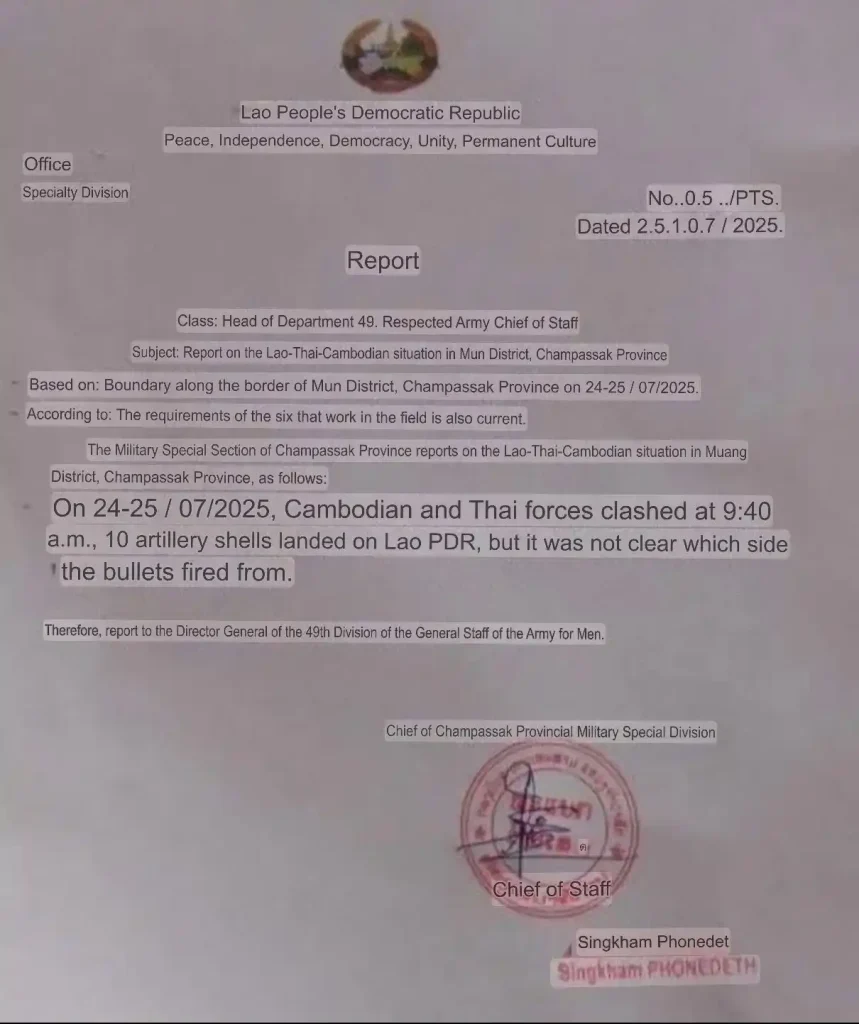
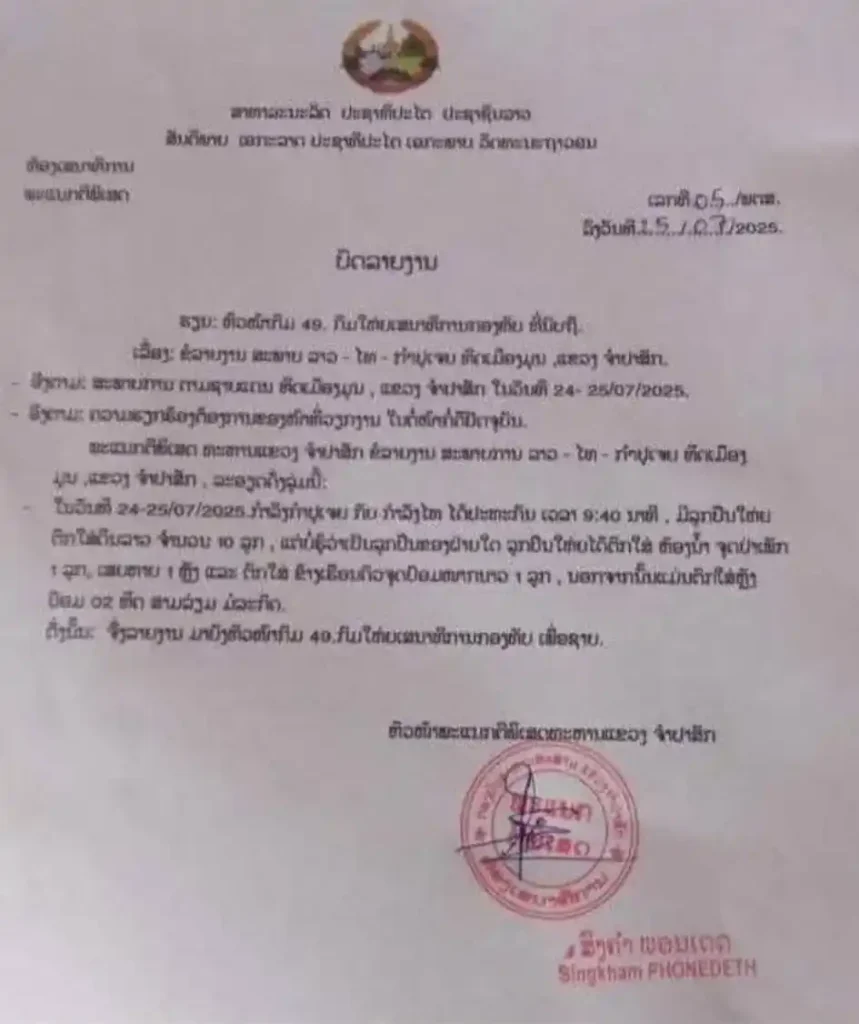
The BM-21, a Soviet-designed 122mm multiple-launch rocket system, can fire 40 rockets with a 20-40 km range, scattering warheads across an 800×800-meter area per salvo. Its lack of guidance systems makes such errors predictable, especially in a densely populated border region. Laos, initially suspecting Thai involvement, sent a diplomatic letter to Bangkok seeking clarification, per Vientiane Times, amplifying mistrust. This incident, far from a mere accident, highlights the recklessness of deploying unguided munitions in a volatile zone, with ripple effects threatening ASEAN’s fragile unity.
Cambodia’s Obsolete Arsenal
Cambodia’s military, heavily reliant on Chinese-supplied systems, is ill-equipped for modern warfare’s demand for precision. The BM-21, firing unguided 122mm rockets, prioritizes saturation over accuracy, risking civilian areas, as seen in Laos. The PHL-03, a 300mm MLRS modeled on the Soviet BM-30 Smerch, can devastate 670,000 square meters per salvo but lacks guided variants in Cambodia’s arsenal, per Khmer Times on July 26, 2025. The SH-1, a 155mm howitzer with a 30-53 km range, similarly falters at extended ranges, making it unreliable near borders. These systems, designed for broad bombardment, contrast sharply with Thailand’s developing DTI-1G guided rockets (180 km range) and modern systems like the U.S. HIMARS, which minimize collateral damage.
The Champasak strike exposes Cambodia’s technological lag, driven by cost and accessibility. Unlike Thailand, which benefits from Western military partnerships, Cambodia’s arsenal cannot adapt to conflicts requiring surgical strikes. This mismatch, as noted in a Reuters report on July 25, 2025, not only undermines Cambodia’s defensive claims but also endangers neutral neighbors, fueling calls for modernization or disarmament.
China’s Complicity in the Crisis
China, Cambodia’s primary arms supplier, provides the BM-21, PHL-03, and SH-1 through Norinco, bolstering its influence in Southeast Asia against Western-aligned Thailand. Yet, Beijing’s public calls for de-escalation, voiced by its Ministry of Foreign Affairs on July 25, 2025, ring hollow as it continues to supply weapons that enable such incidents, per Reuters. Halting arms exports would align China’s actions with its rhetoric, signaling a commitment to peace. Without this, China risks being seen as complicit in the conflict’s spillover, as noted by regional analyst Phil Robertson in Al Jazeera on July 25, 2025. The Laos incident has intensified scrutiny, with ASEAN members like Malaysia urging China to reconsider its role, per Channel News Asia on July 26, 2025.
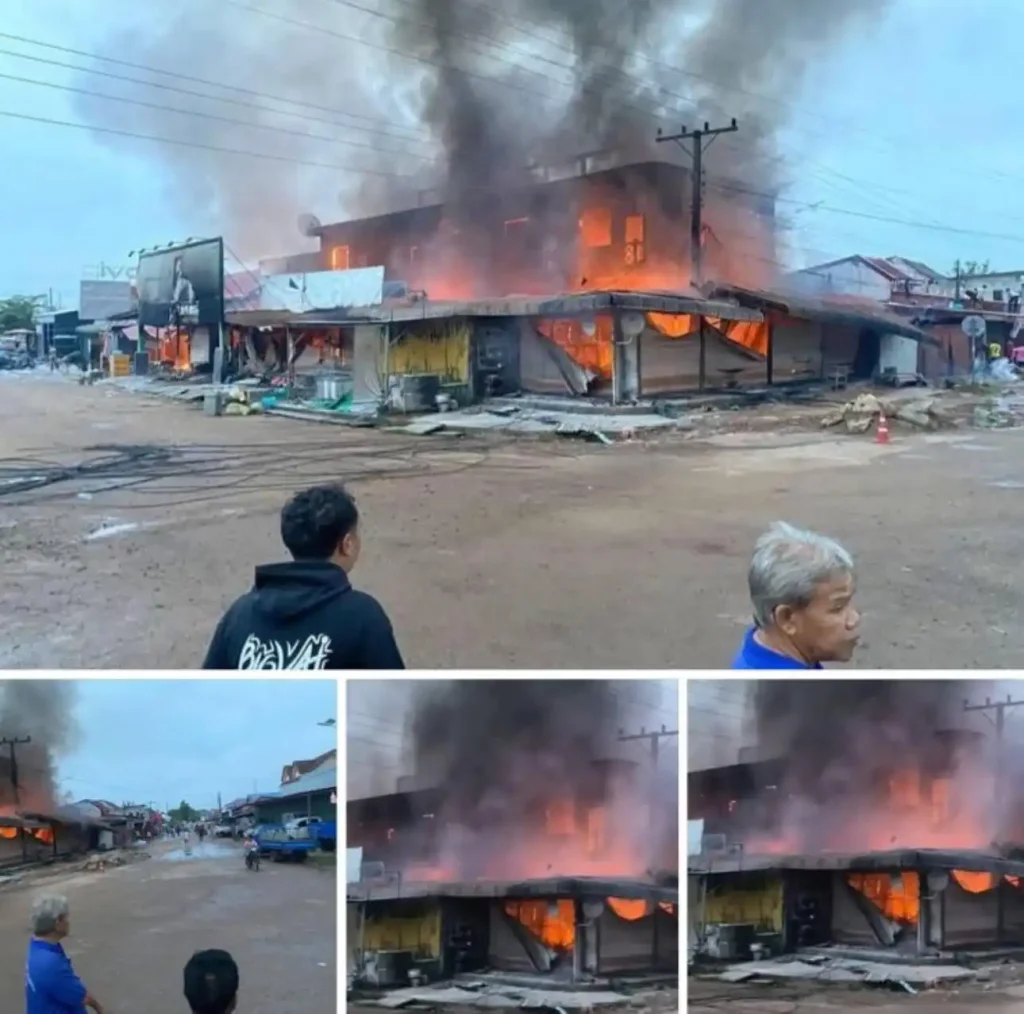
ASEAN’s Push for Peace
The Champasak strikes have jolted ASEAN into action, with Malaysia’s Prime Minister Anwar Ibrahim, the bloc’s current chair, calling for an emergency meeting to address the crisis, as reported by Channel News Asia on July 26, 2025. Ibrahim noted “positive signals” from both Bangkok and Phnom Penh for a ceasefire, though Thailand’s insistence on bilateral talks has stalled progress, per Al Jazeera on July 25, 2025. The 2001 Thailand-Cambodia Memorandum of Understanding, which facilitated past de-escalations, could be revived to address the Preah Vihear dispute’s root causes. Laos, as a victim of the misfire, along with ASEAN counterparts have urged restraint, with ASEAN officials now calling for peaceful to prevail.
The human and environmental toll is mounting. The Champasak strikes contaminated soil and water, threatening food security, per Laotian Times. Displaced families face uncertainty, with ASEAN’s mediation offering a glimmer of hope. Reviving the Thailand-Cambodia Joint Boundary Commission and pressuring China to shift Cambodia toward precision-based systems could prevent further miscalculations. As the Emerald Triangle teeters on the brink, the Laos incident is a stark warning: outdated weapons and unresolved disputes risk plunging Southeast Asia into deeper conflict.

